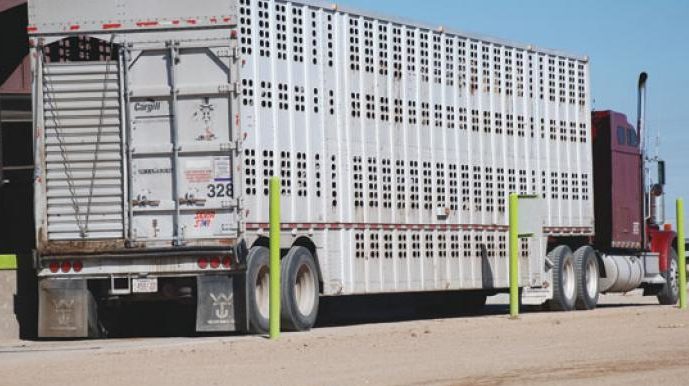
Cowboy math suggests the $1 Checkoff assessed on cattle trading hands boosts per-head revenue exponentially more.
Wes Ishmael | Sep 30, 2019
An extra dollar invested in Cattlemen’s Beef Promotion and Research Board (CBB) Beef Checkoff-funded activities returned $11.91 to beef industry profit for 2014-18, according to independent research conducted by Harry M. Kaiser, Gellert Family professor of applied economics and management at Cornell University.
Specifically, the additional return is what’s termed the marginal benefit-cost ratio (BCR). “If the CBB has one more dollar to invest in its domestic and international demand-enhancing activities, doing so would increase industry-wide profits by $11.91,” Kaiser explains.
Related: How “neighboring” keeps the Beef Checkoff strong
The study, An Economic Analysis of the Cattlemen’s Beef Promotion and Research Board Demand-Enhancing Programs, considered all CBB activities: generic beef advertising, public relations, beef safety research, channels marketing, industry information, new product development, product enhancement research, nutritional research and foreign market development.
“Had there not been any domestic CBB marketing over the latest five-year period (2014-18), total domestic beef demand would have been 2.6 billion pounds per year lower than it actually was,” according to the study. That would have been 14.3% less total domestic beef demand.
Related: Beef Checkoff continues to serve ranchers
Likewise, Kaiser explains: “Had there not been any CBB contributions to the USDA Foreign Agricultural Service and U.S. Meat Export Federation’s foreign market development program over the past five years, U.S. beef export demand would have been 5.5% lower than it actually was in the eight foreign markets studied here.” Markets considered were Mexico, Japan, South Korea, Taiwan, Hong Kong, China, the European Union, and Russia and surrounding regions.
The objectives of the study were two-fold. First, to measure whether CBB promotion, educational and research activities increased consumption of beef products in the U.S. and foreign markets, compared to what would have occurred in the absence of these activities.
Next, to measure benefits of the CBB activities in terms of incremental profitability for the entire industry, and compare these benefits with the cost of the Checkoff to compute a rate of return on investment of this campaign to its stakeholders.
Now, consider a forthcoming study to be published in the American Journal of Agricultural Economics, which estimates how increased or decreased domestic and international beef demand are transmitted throughout the beef industry. In this case, how changing demand affects feeder cattle and fed cattle prices.
The study, Impacts of Retail and Export Demand on U.S. Cattle Producers, was conducted by Melissa G.S. McKendree, assistant professor of agricultural economics at Michigan State University, and others. BEEF will share more detail on this study once it’s published.
When domestic retail-level beef demand increases by 1%, real (inflation-adjusted) fed cattle price goes up 1.52% and real feeder cattle price increases by 2.48%, according to the study. Additionally, when export demand increases by 1%, real fed cattle price rises by 0.05% and real feeder cattle price increases by 0.08%.
In other words, McKendree emphasizes the benefits of increased beef demand flow throughout the supply chain, all the way to cow-calf and stocker-backgrounder producers.
“Quantifying how changing primary beef demand is shared among production and marketing channel members is essential for an economic assessment of demand enhancing investments,” she explains.
Tempting as it is, demand results from the first study mentioned cannot be used as a multiplier to the effect on cattle prices mentioned in the latter. Much as the different gauges in a pickup assess different aspects of overall engine health, these are different barometers.
The first study assesses how CBB activities affect beef demand. The second one estimates how differences in demand, no matter what causes them, affect cattle prices.
However you slice it, though, cowboy math suggests the $1 Checkoff assessed on cattle trading hands boosts per-head revenue exponentially more.








